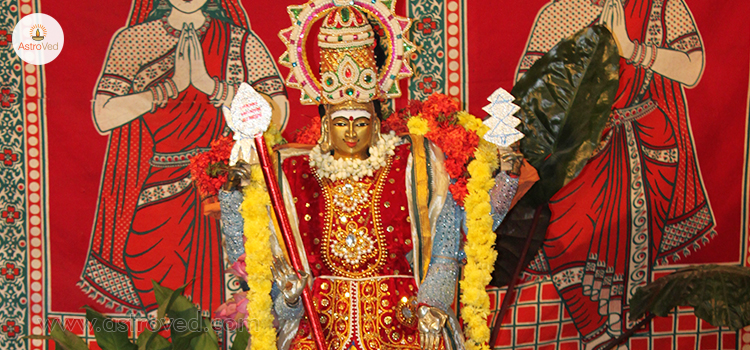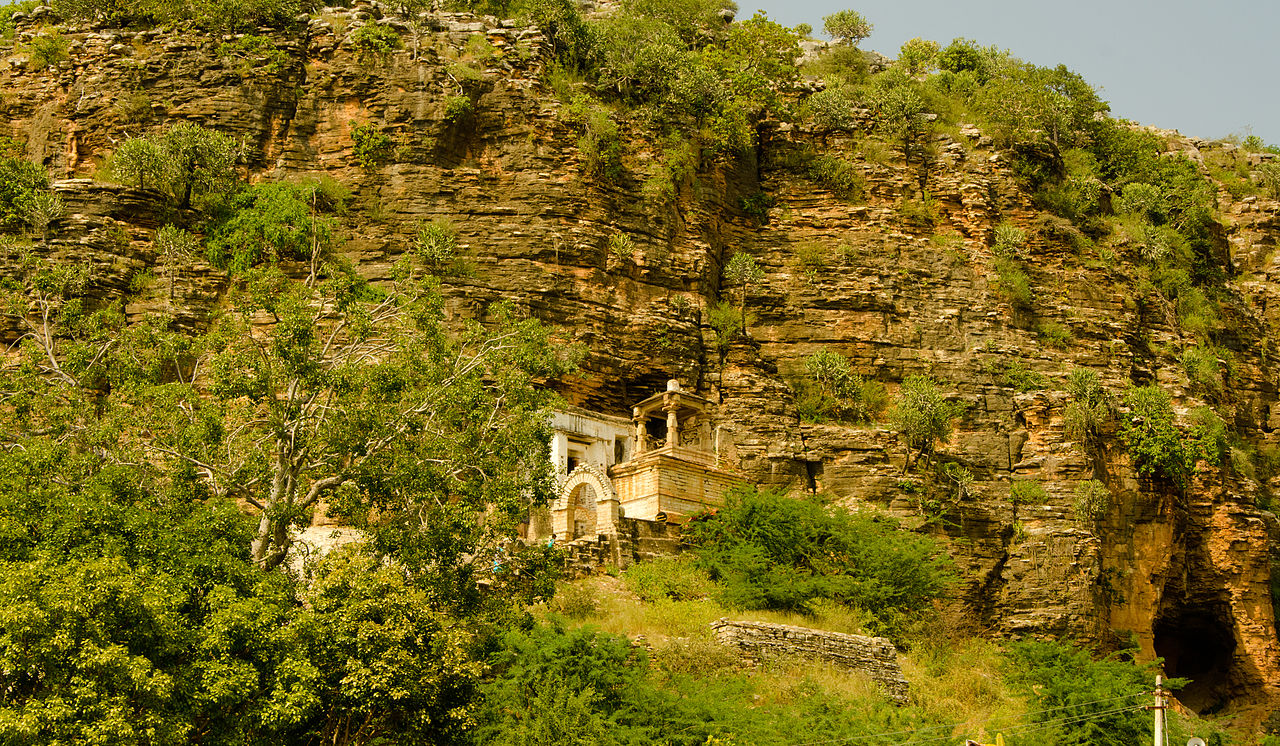Palaces in Northern India are wonderful examples of the engineering and architectural marvels of our historical empires. You can see the royalty exuded in the palaces of Rajasthan and the grandeur of the ones built by our mighty Mughal Empire. Some of the most popular palaces are listed below:
Umaid Bhawan Palace, Rajasthan:
Set on Chittar Hill, the UmaidBhawan Palace is the residence of the royal Jodhpur family and the sixth largest private residence in the world. Constructed with palm court marble like Agra’s Taj Mahal, the palace looks over the Blue City of Jodhpur with its enormous sand dunes and majestic Mehrangarh Fort. Surrounded by well-maintained lush gardens that are spread over 26 acres, the property also houses the five-star Taj Palace Hotel and a museum.
Lake Palace, Rajasthan:
Constructed as a summer palace the Lake Palace is on Jagniwas Island on Lake Pichola, Udaipur. It was built during the rule of Maharaja Jagat Singh II. The style of architecture and the designs of the palace are eye catching with its black and white marble floors and arabesque walls. The palace is now run by the luxurious Taj Hotels and Resorts Palaces and is voted to be one of the most romantic palaces of India.
Presidential Palace, Delhi:
Built for the British Viceroy when the capital of India was shifted from Calcutta to Delhi, the Presidential Palace is now the official home of the President of India. The palace is built in a palatial area that includes the Mughal Gardens, staff quarters, large open spaces, stables and offices and is the largest residence of a head of a country in the world in terms of area.
Marble Palace, West Bengal:
Popular for its marble structure, the Marble Palace is situated in North Kolkata. It was built by Raja Rajendra Mullick and houses paintings, sculptors and many valuable pieces. A zoo stands next to the palace.
Cooch Behar Palace, West Bengal:
Modelled on the Buckingham Palace in London, the Cooch Behar Palace was built during the rule of Maharaja Nripendra Narayan. It is built in a classic western style and is a double storeyed brick structure oozing classiness and opulence.
Jahangir Palace, Uttar Pradesh:
Housed inside the Agra Fort, the Jahangiri Mahal was built by Emperor Akbar primarily for the women of the royal household. The palace shows a mix of Hindu and central Asian architecture. The other attractions that speak of the high taste of the Mughals are the Khas Mahal, Deewan-e-Khas, Moti Masjid, Deewan-i-Am and Anguri Bagh.
Ujjayanta Palace, Tripura:
Located in Agartala, the Ujjayanta Palace was constructed by the Tripura King Maharaja Radha Kishore Manikya. It is built on the banks of a small lake and is surrounded by beautiful Mughal Gardens. The palace is now a museum of the state and displays the art, culture, tradition and crafts of the northeast Indian communities.
Jai Vilas Palace, Madhya Pradesh:
One among of the most beautiful, grand and palatial palaces of India, the Jai Vilas Palace stands in the city of Gwalior. Built by Maharaja Jayaji Rao Scindia, the palace is the current residence of the royal Maratha Scindia family.
Anand Bagh Bihar Palace, Bihar:
Also called Lakshmivilas Palace, the AnandBagh Bihar Palace is located in Darbhanga town in Bihar. It was built by Maharaja Lakshmeshwar Singh. It is popular for its gardens that grow rare species of plants like orchids, Rudrakhsa and Sandalwood.
Amar Mahal Palace, Jammu and Kashmir:
Built by a Dogra King, the Amar Mahal Palace is in Jammu. It is in a very scenic location on the banks of the River Tawi offering spectacular views of the magnificent Sivalik Hills. Now a museum, the palace is believed to be the last royal residence of the Dogra Rajas or Suryavanshi Rajputs.
Amar Mahal Palace, Jammu and Kashmir:
Built by a Dogra King, the Amar Mahal Palace is in Jammu. It is in a very scenic location on the banks of the River Tawi offering spectacular views of the magnificent Sivalik Hills. Now a museum, the palace is believed to be the last royal residence of the Dogra Rajas or Suryavanshi Rajputs.
Kangla Palace, Manipur:
Set on the western banks of River Imphal, the Kangla Palace stands at Kangla in Manipur. It was built by Meitei kings and is in the centre of the city. It is now a religious place of worship and ceremonies.
Laxmi Vilas Palace, Gujarat:
Also known as Maharaja Palace, the Laxmi Vilas Palace is in Vadodara. It was built by the Gaekwad dynasty and has an impressive architecture. It is now a museum and also used as a venue for musical concerts and cultural events.


